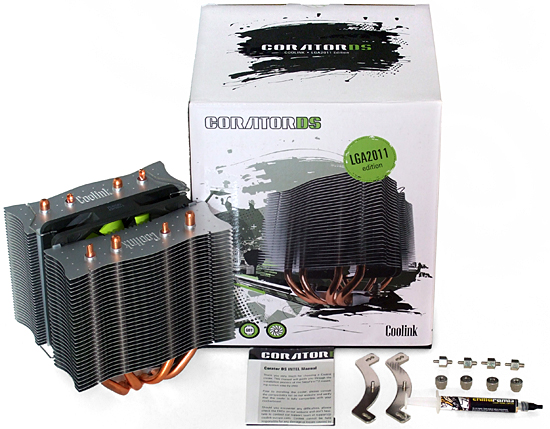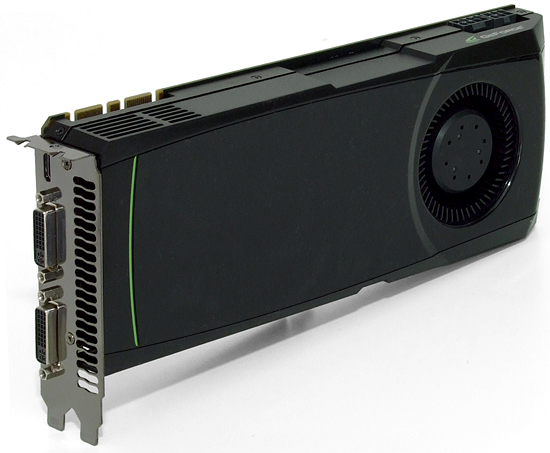Best Of The Best, Part 1: Who Makes The Most Elite PC Case?
Which ATX tower is the most elite? We invited more than two dozen brands to compete. Today, Azza, In Win, Rosewill, and SilverStone (the first four to respond), face off in a battle to out-do each other in price, features, performance, and pizzazz.
How We Test Our Four Elite Cases
| Test System Configuration | |
|---|---|
| CPU | Intel Core i7-3960X (Sandy Bridge-E): 3.30 GHz, Six Cores O/C to 4.25 GHz (34 x 125 MHz) at 1.35 V Core |
| CPU Cooler | Coolink Corator DS 120 mm Tower |
| Motherboard | Asus P9X79 Pro: LGA 2011, Intel X79 Express, Firmware 3501 (03/14/2013) O/C at 125 MHz BCLK |
| RAM | G.Skill F3-17600CL9Q-16GBXLD 16 GB (4 x 4 GB) DDR3-2200 Benchmarked at DDR3-1666 CAS 9 defaults |
| Graphics | Nvidia GeForce GTX 580: 772 MHz GPU, GDDR5-4008 Maximum Fan for Thermal Tests, SLI |
| Hard Drives | Samsung 840 Series MZ-7PD256, 256 GB SSD |
| Sound | Integrated HD Audio |
| Network | Integrated Gigabit Networking |
| Power | Seasonic X760 SS-760KM ATX12V v2.3, EPS12V, 80 PLUS Gold |
| Software | |
| OS | Microsoft Windows 8 Pro x64 |
| Graphics | Nvidia GeForce 314.22 |
| Chipset | Intel INF 9.2.3.1020 |
We’ve retained the same hardware through several generations of case testing, allowing you to compare the thermal results from several round-ups. Case technology doesn’t change much, and neither does the heating capabilities of an overclocked Sandy Bridge-E processor.
We’re counting on that overclocked hexa-core CPU to flood each case with heat, and Coolink’s Corator DS is being used to similarly saturate the enclosures with noise as it transfers thermal energy away from the processor.
Nvidia’s GeForce GTX 580 is a great noise maker in its own right, its blower-style cooler spinning at a few thousand RPM at full speed. This reference card idles down to 40%, and we use full and idle speed settings for our load and idle tests.
| Benchmark Configuration | |
|---|---|
| Prime95 v25.8 | 64-bit executable, Small FFTs, 11 threads |
| 3DMark 11 | Version: 1.0.3.0, Extreme Preset: Graphics Test 1, Looped |
| Real Temp 3.40 | Average of maximum core readings at full CPU load |
| Galaxy CM-140 SPL Meter | Tested at 1/2 m, corrected to 1 m (-6 dB), dB(A) weighting |
Get Tom's Hardware's best news and in-depth reviews, straight to your inbox.
Current page: How We Test Our Four Elite Cases
Prev Page Building With The Fortress FT04 Next Page Heat, Noise, And Heat Vs. Noise-
Crashman Reply
We would have been happy if In Win could deliver that case for under $300. Unfortunately, I think the company budgets $300 of its $800 MSRP just for replacement glass and glass shipping.13332066 said:Does elite mean most unattainable purchase prices?
-
AndrewJacksonZA Oh please! What rubbish is this?!?! One can't abuse the word "elite" when talking about a case! It depends on the individual and each individual's needs and, perhaps most importantly, aesthetic taste!Reply
**go to heat and noise page and then the last page from the first page**
I really don't have the inclination to read each - and - every - page in this article based on a piece of rubbish idea. Really Tom's, what on earth possessed you to do thi...**sees the picture of the In Win Tou**
Hmmm...
**reads to the In Win Tou pages**
Wow. Ok, that case is quite the looker. Gee, that construction kinda justifies the stratospheric pricing. What a beautiful case! With some nice watercooling this case will be quiet AND cool AND cool-looking! I agree with you that this is the most elite, erm, showboat-iest case of these four!
Thanks for making your readers aware of products that they would've otherwise missed Tom's! :-)
-
Crashman Reply
The article was actually conceived as a showcase for two different cases, one of which didn't show up and the other arrived late enough to be reserved for Part 2 of this 2-part series :)13332113 said:Oh please! What rubbish is this?!?! One can't abuse the word "elite" when talking about a case! It depends on the individual and each individual's needs and, perhaps most importantly, aesthetic taste!
**go to heat and noise page and then the last page from the first page**
I really don't have the inclination to read each - and - every - page in this article based on a piece of rubbish idea. Really Tom's, what on earth possessed you to do thi...**sees the picture of the In Win Tou**
Hmmm...
**reads to the In Win Tou pages**
Wow. Ok, that case is quite the looker. Gee, that construction kinda justifies the stratospheric pricing. What a beautiful case! With some nice watercooling this case will be quiet AND cool AND cool-looking! I agree with you that this is the most elite, erm, showboat-iest case of these four!
Thanks for making your readers aware of products that they would've otherwise missed Tom's! :-)
Rosewill buys its cases...I'm not even certain it has a mechanical designer. Most other case brands design a case based on an existing case, so there's always the possibility of two different products coming from the same supplier and sharing some stampings.13332219 said:Did Rosewill copy from CM 690 II Advance or the other way around?
-
Mac266 Sees cases. (Yeah, not to bad) Sees pricing. Sees Win Tou pricing. Picks jaw up off ground.Reply -
weavermsi Dear lord that In Win thing is an abominable turd. The only case here with any pedigree is the Silverstone, and that's easily the ugliest object they've produced. Please, NZXT and Corsair, put us out of our misery.Reply -
Crashman Reply
Great question, since they sent a cheaper model! It was probably neglected due to age.13332524 said:Since we are talking for the best of the best,... Where is the Silverstone's TJ11?


